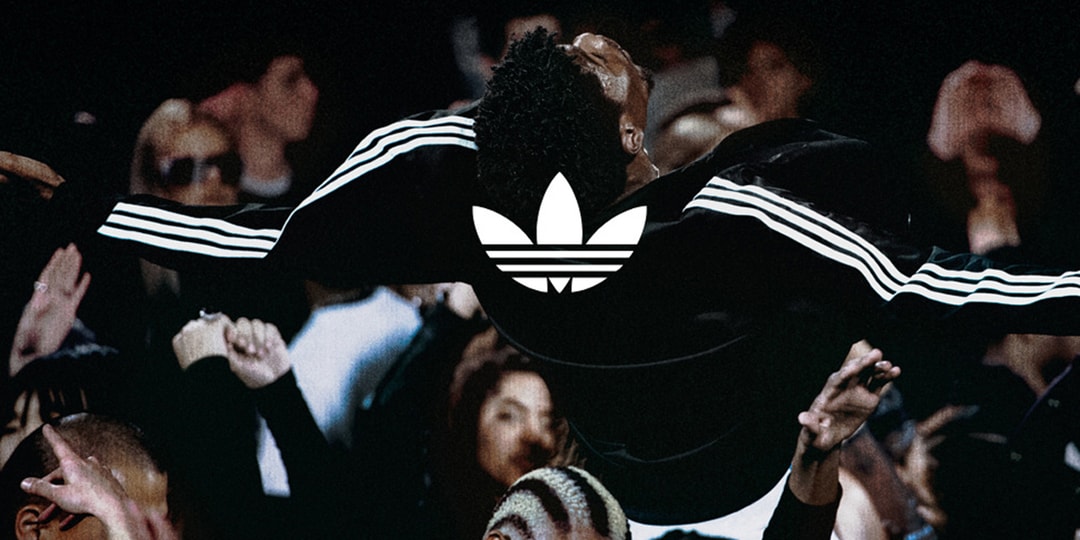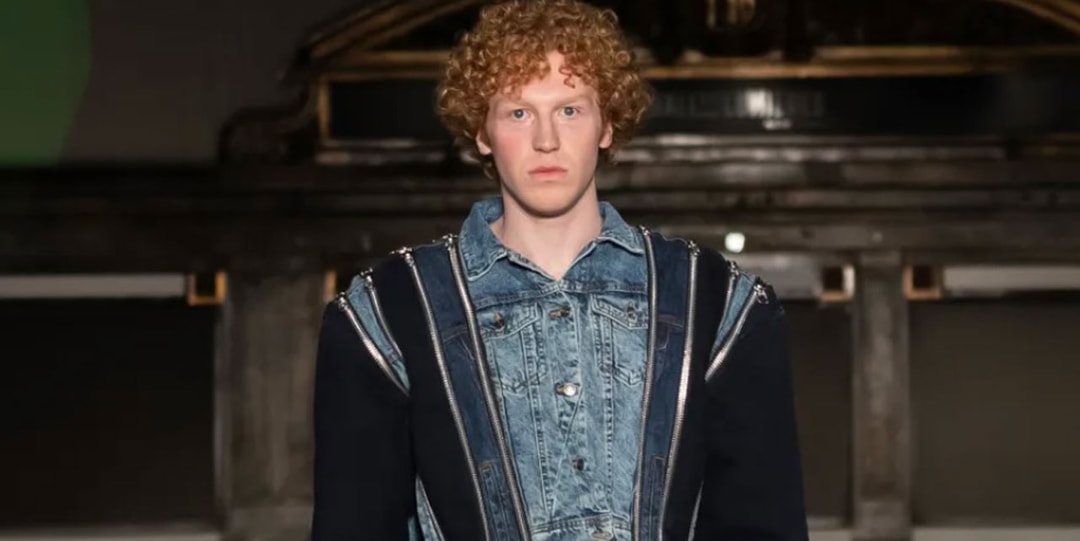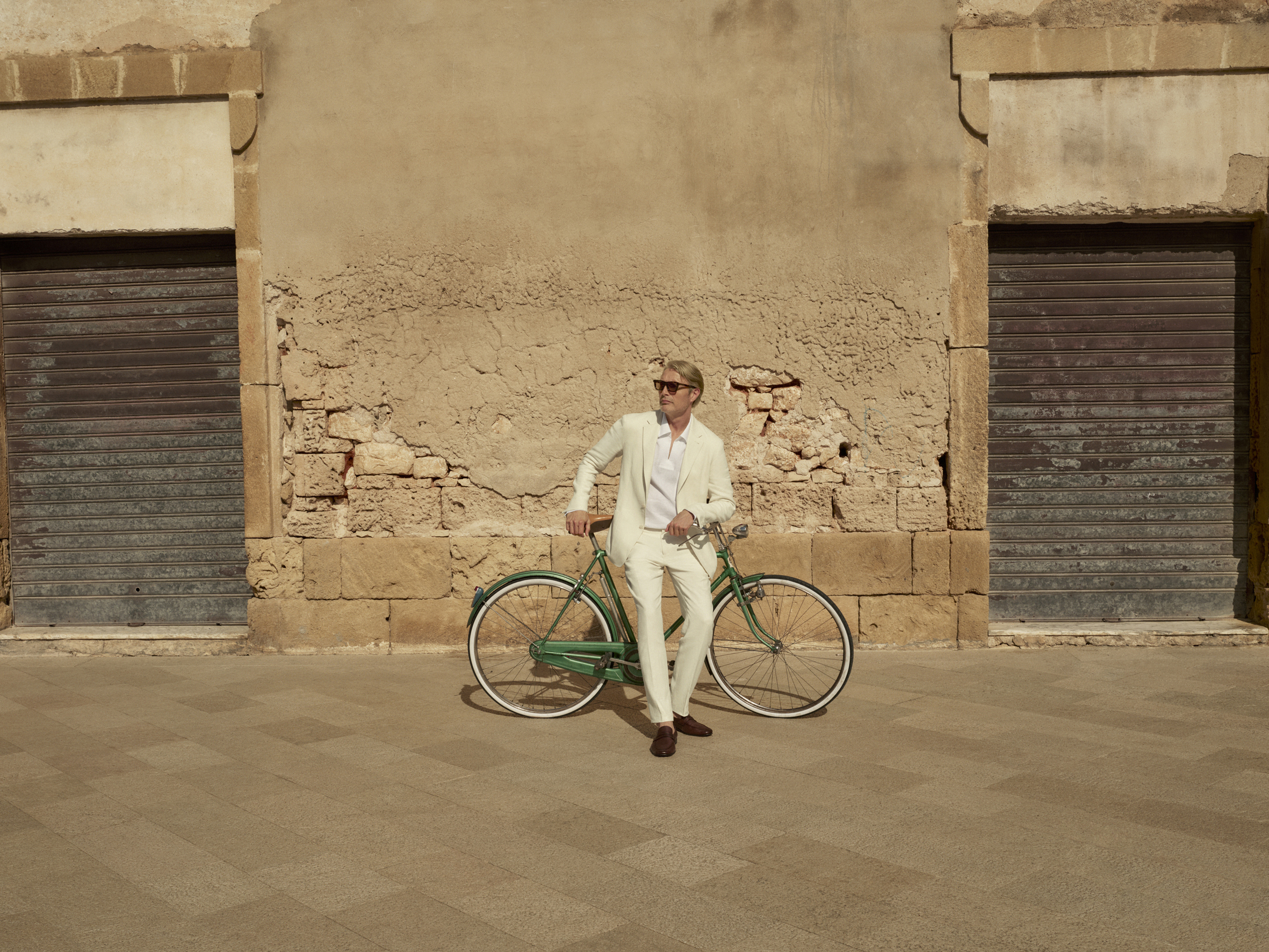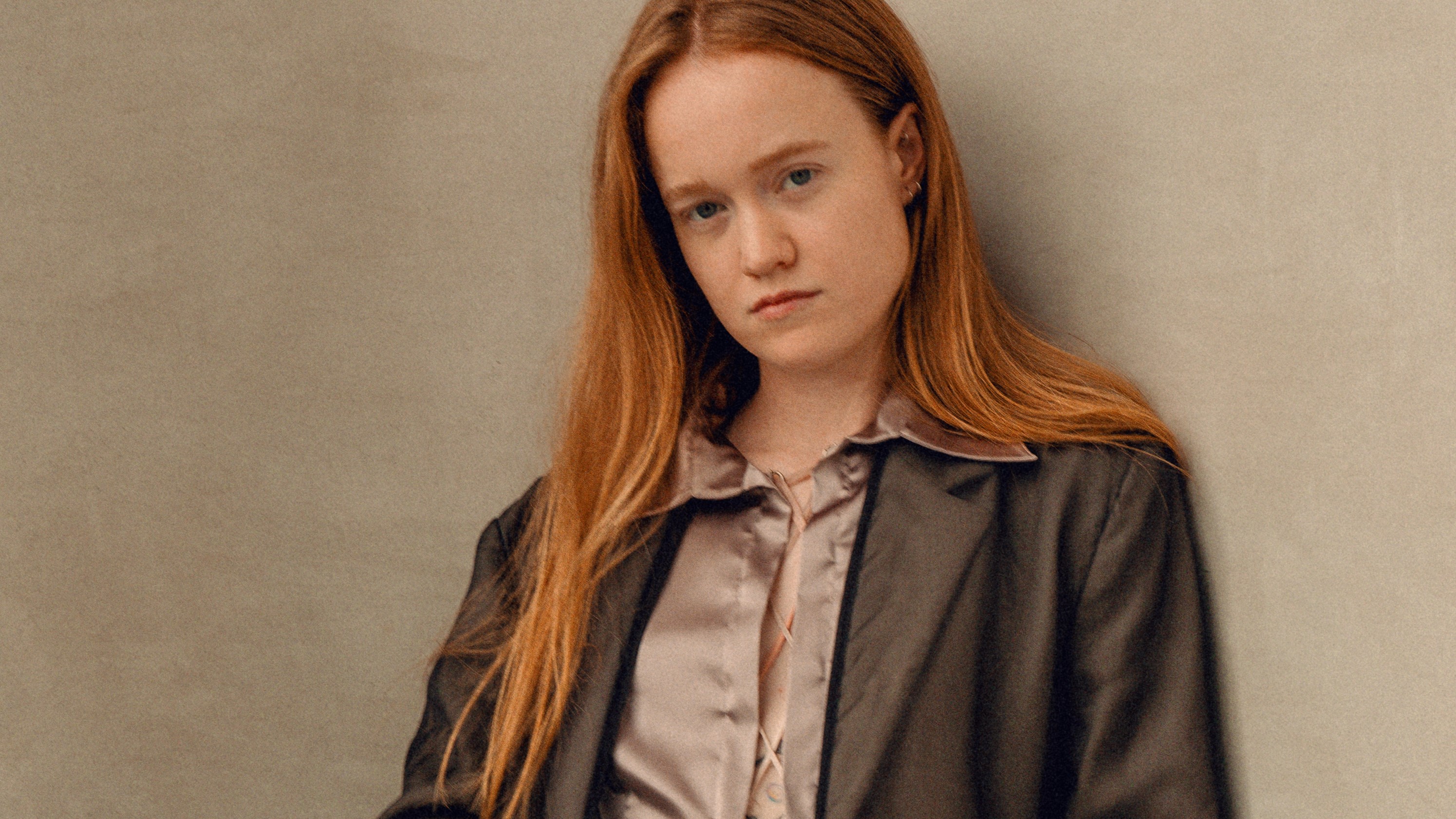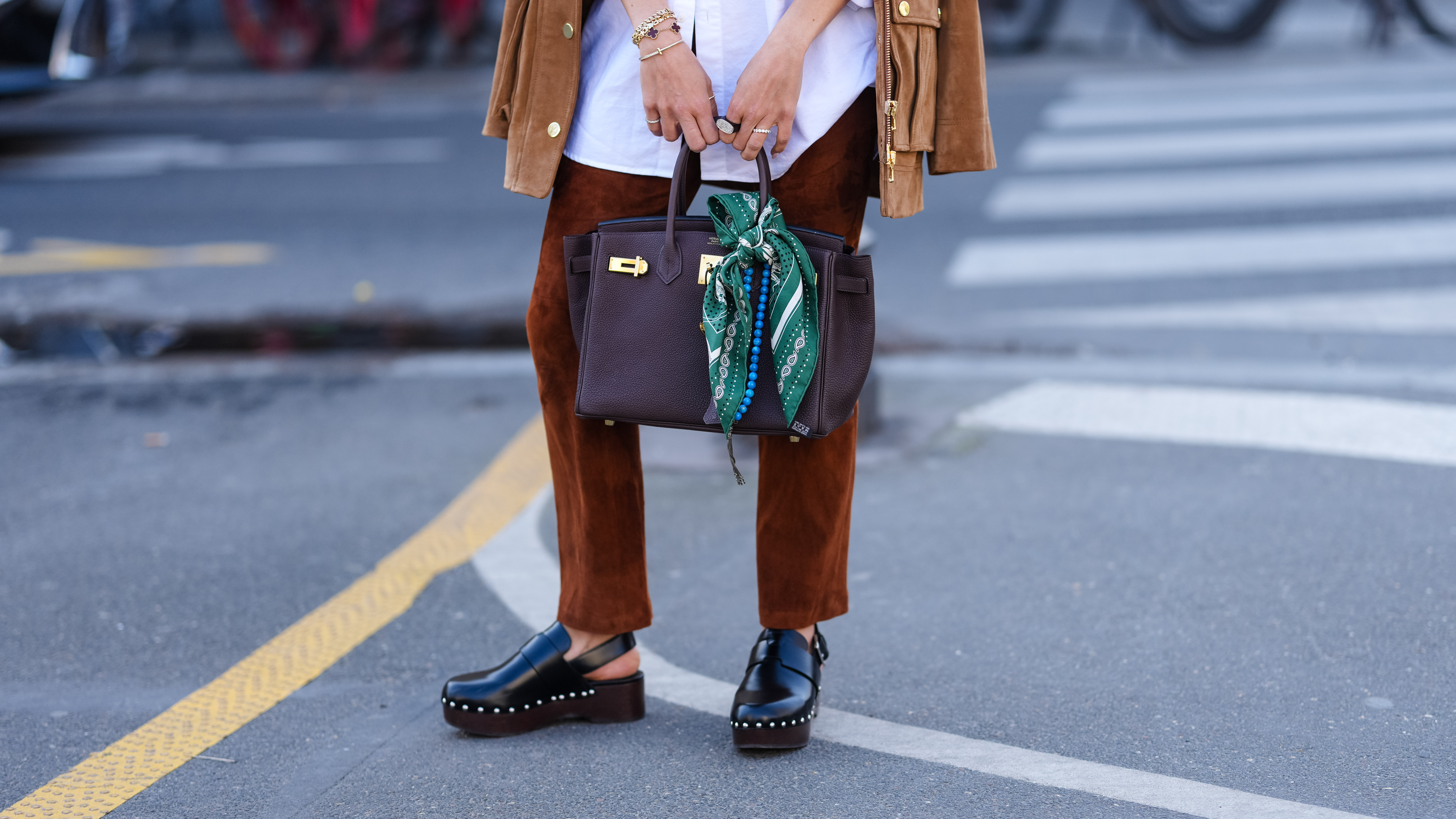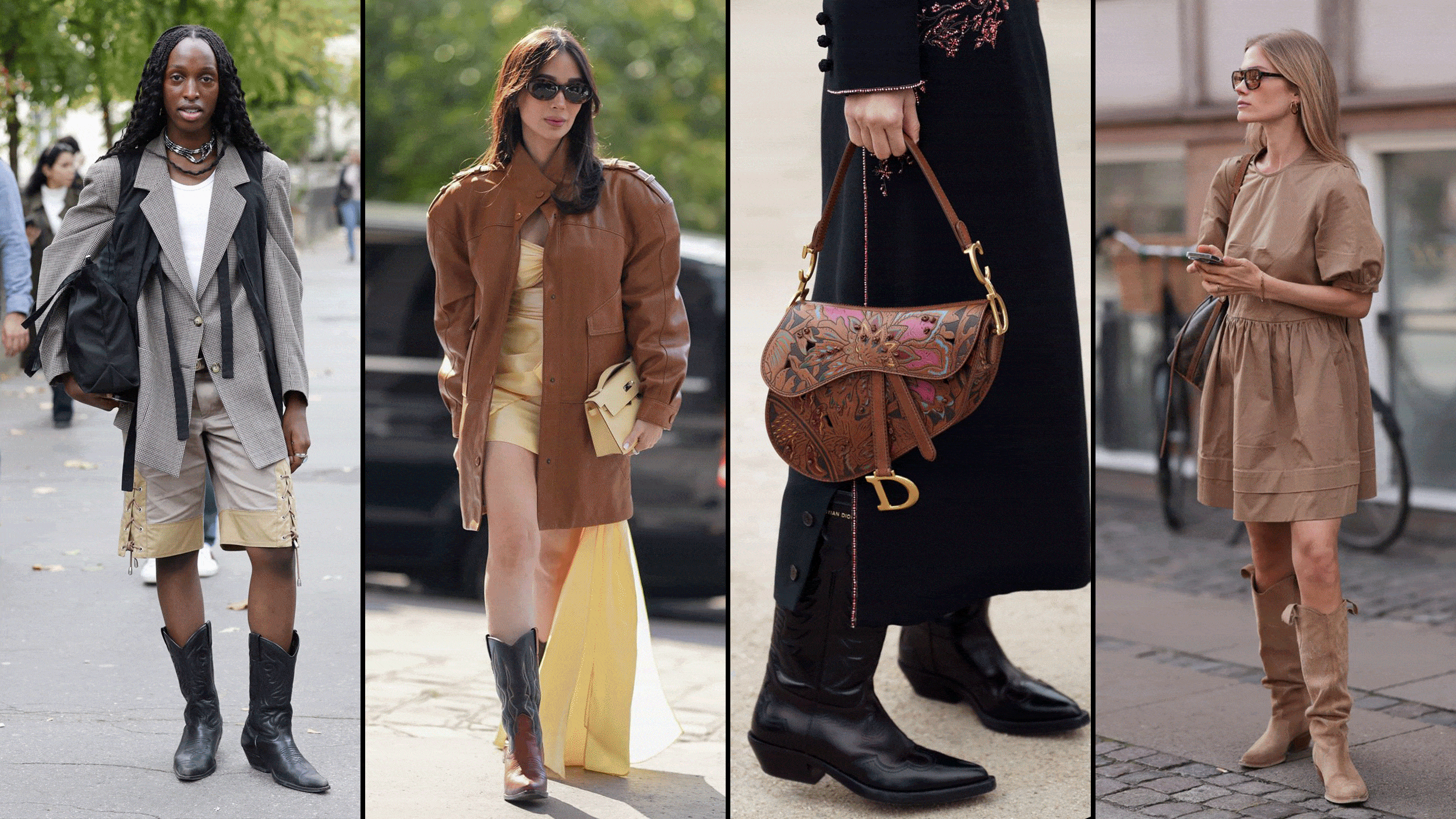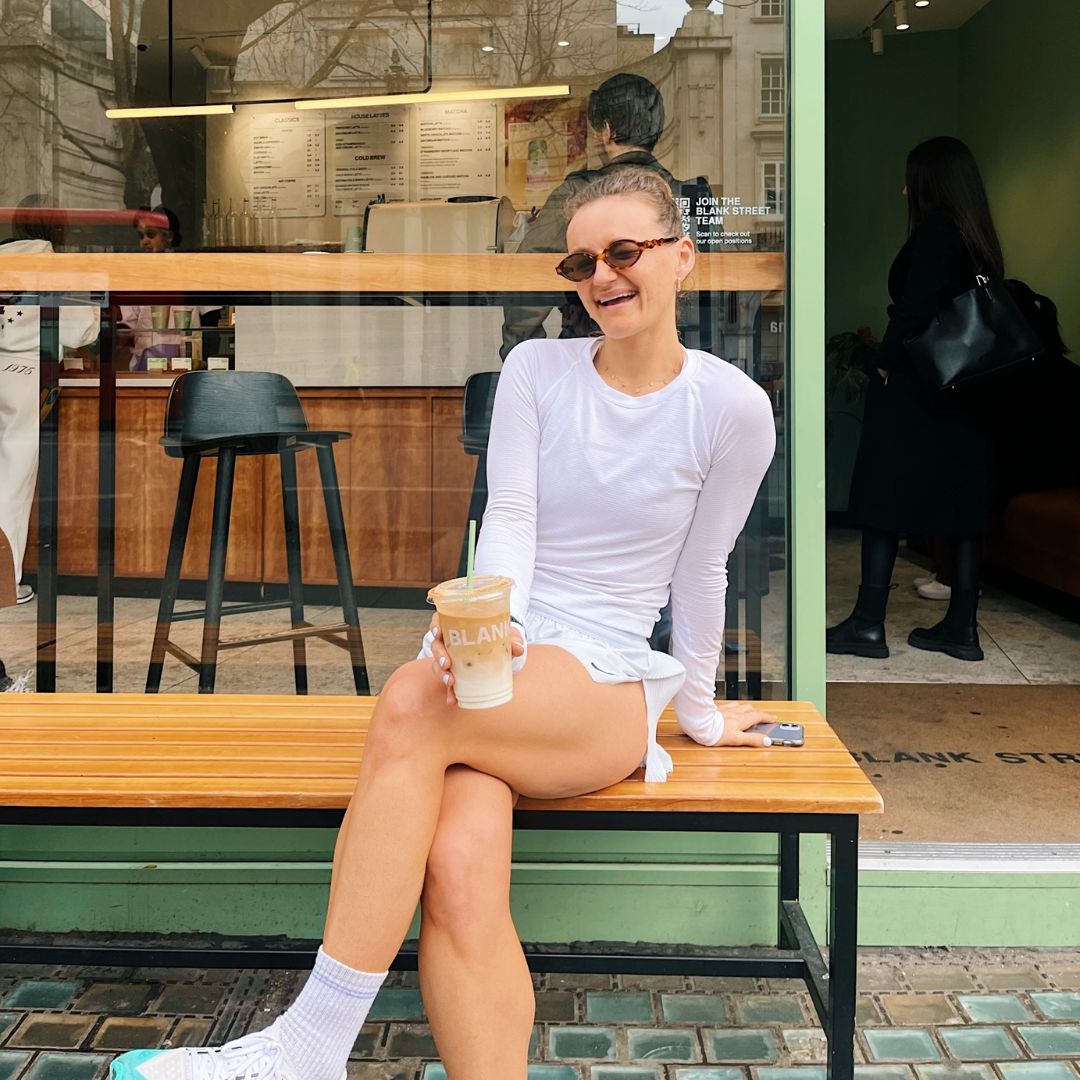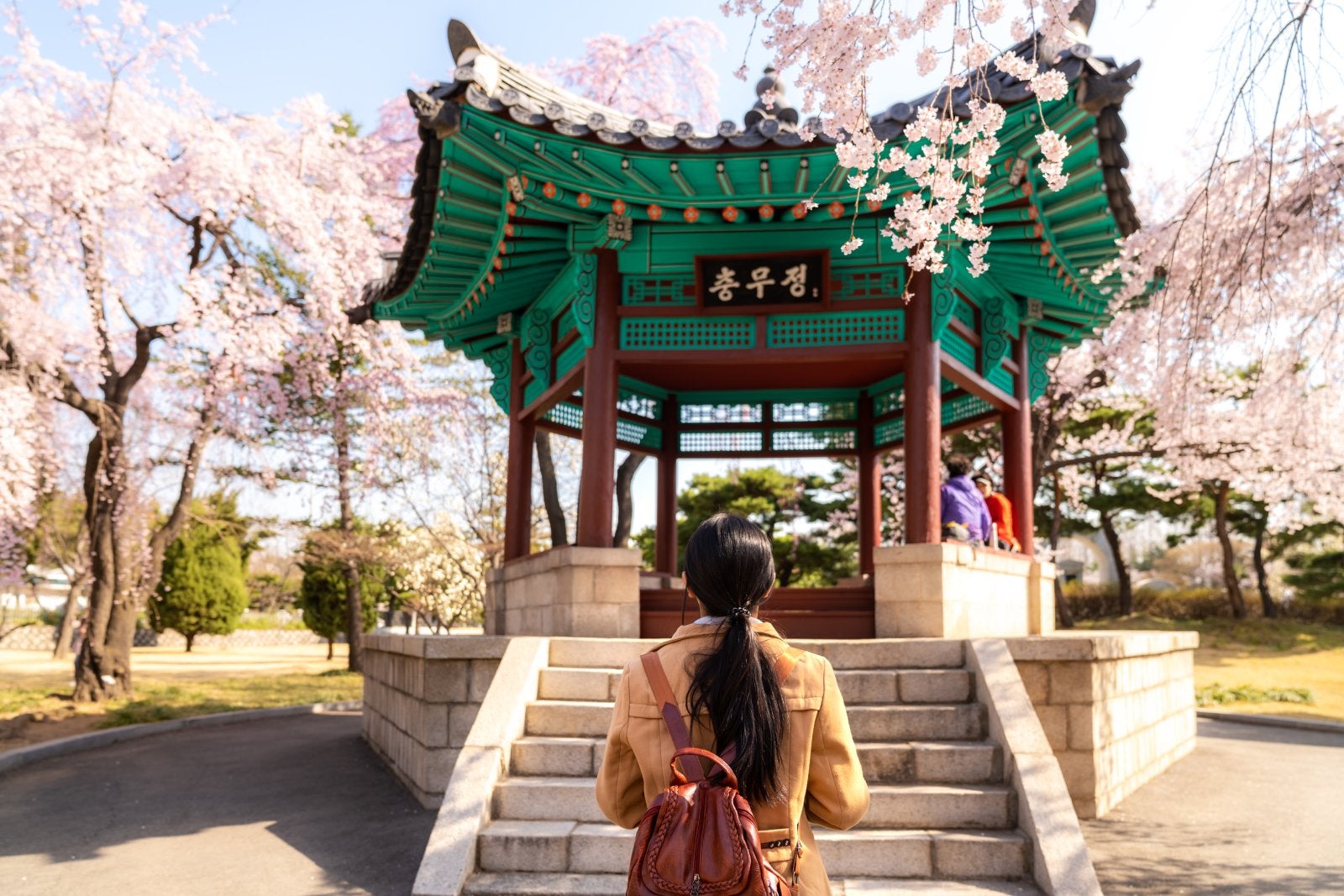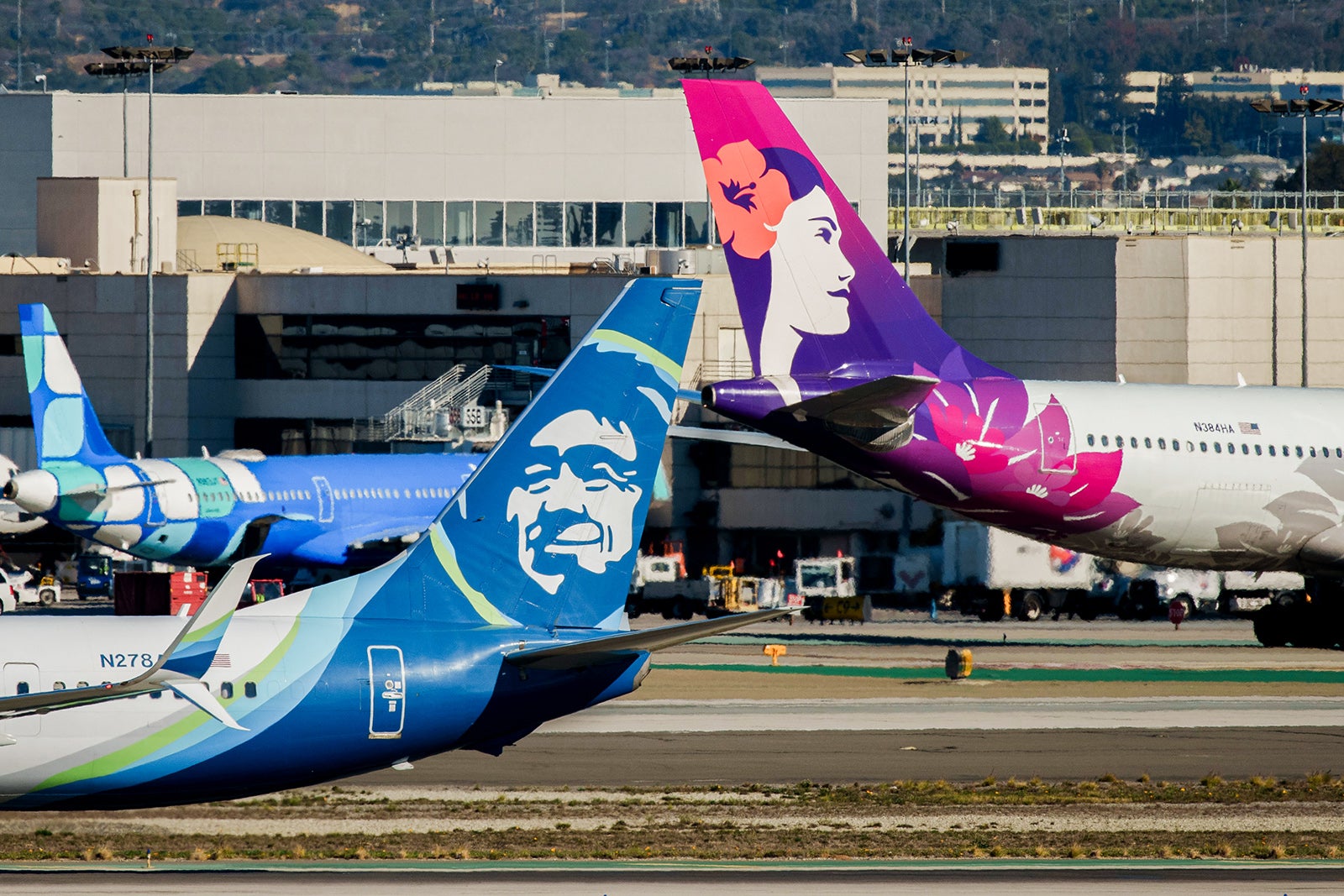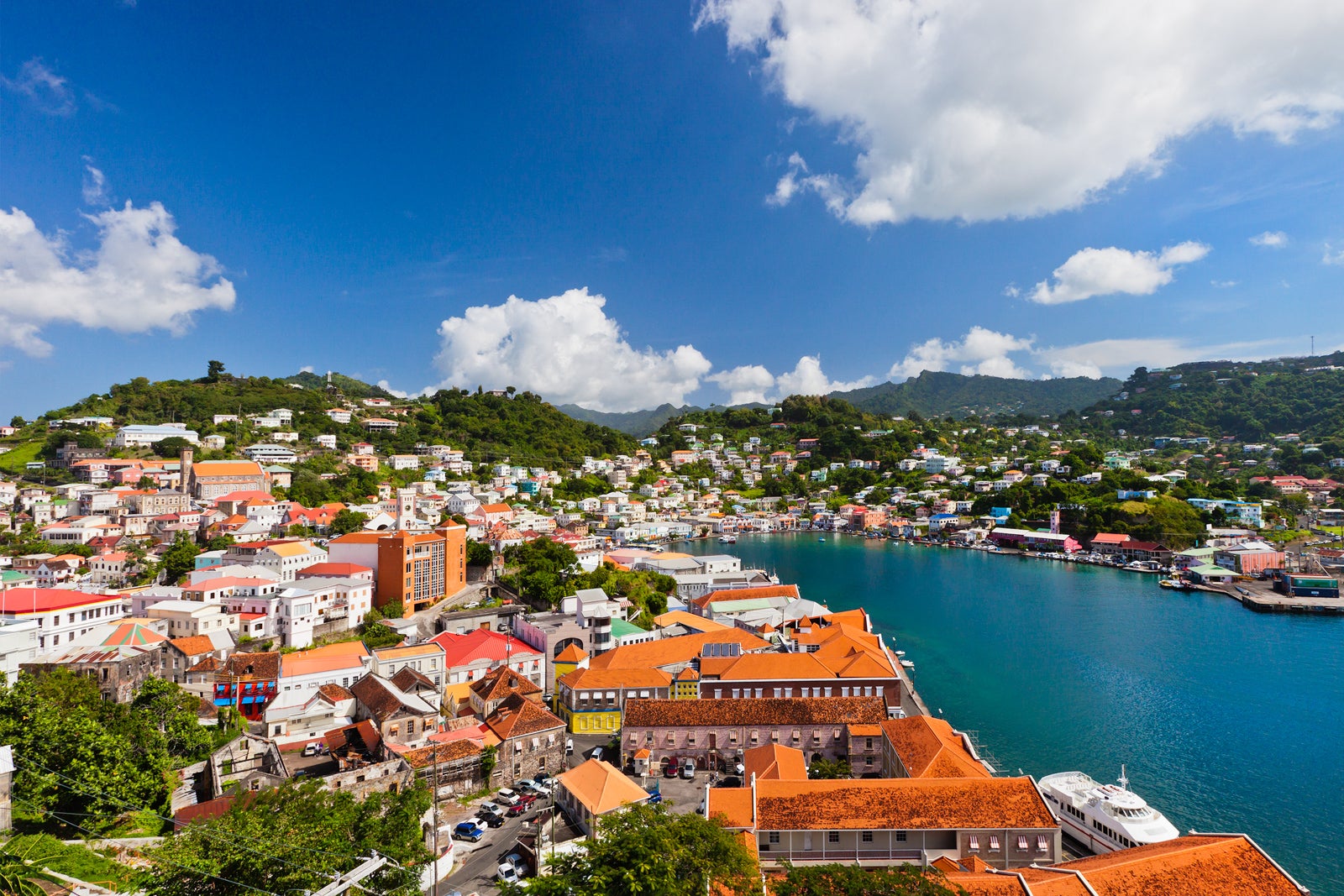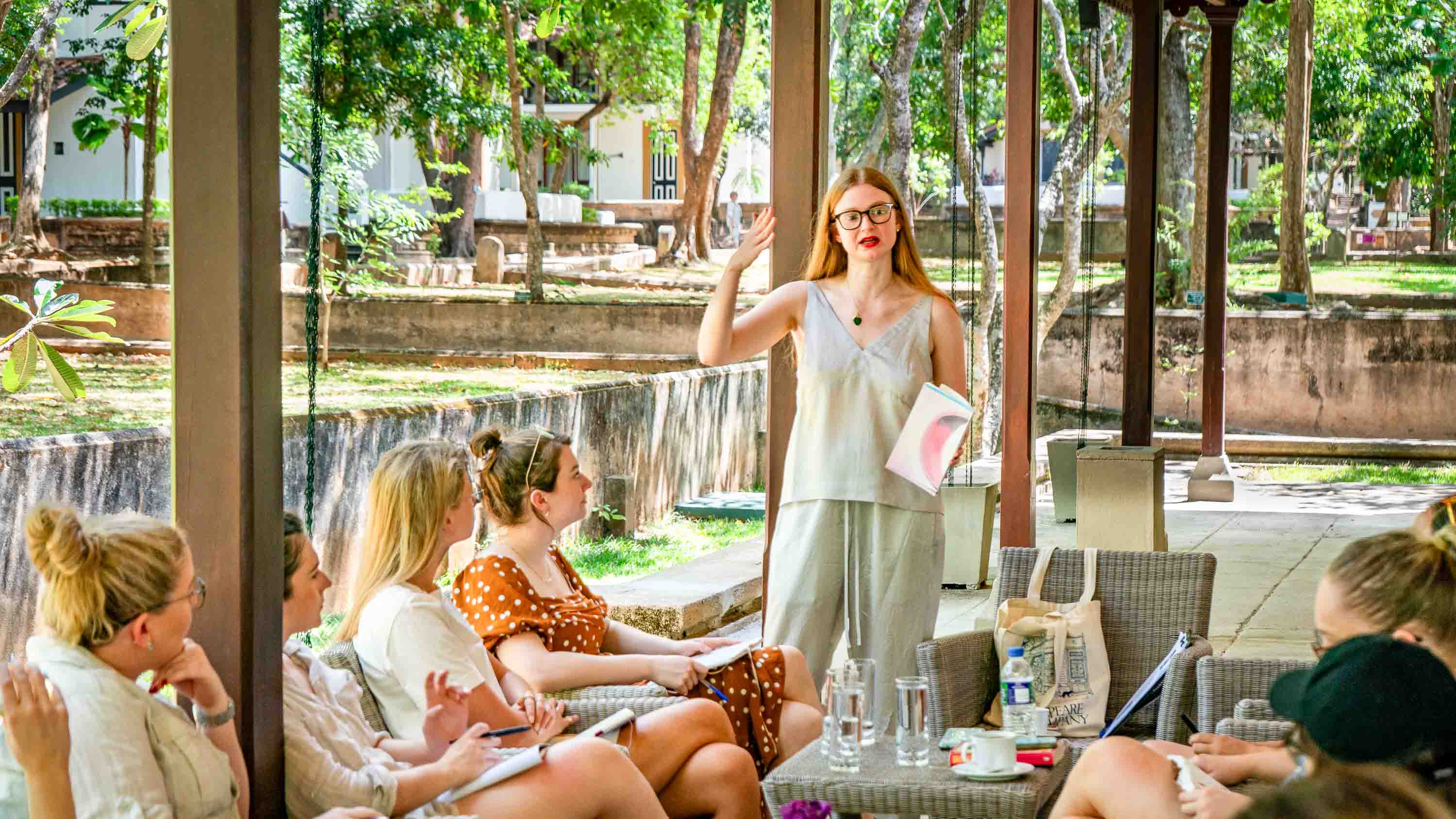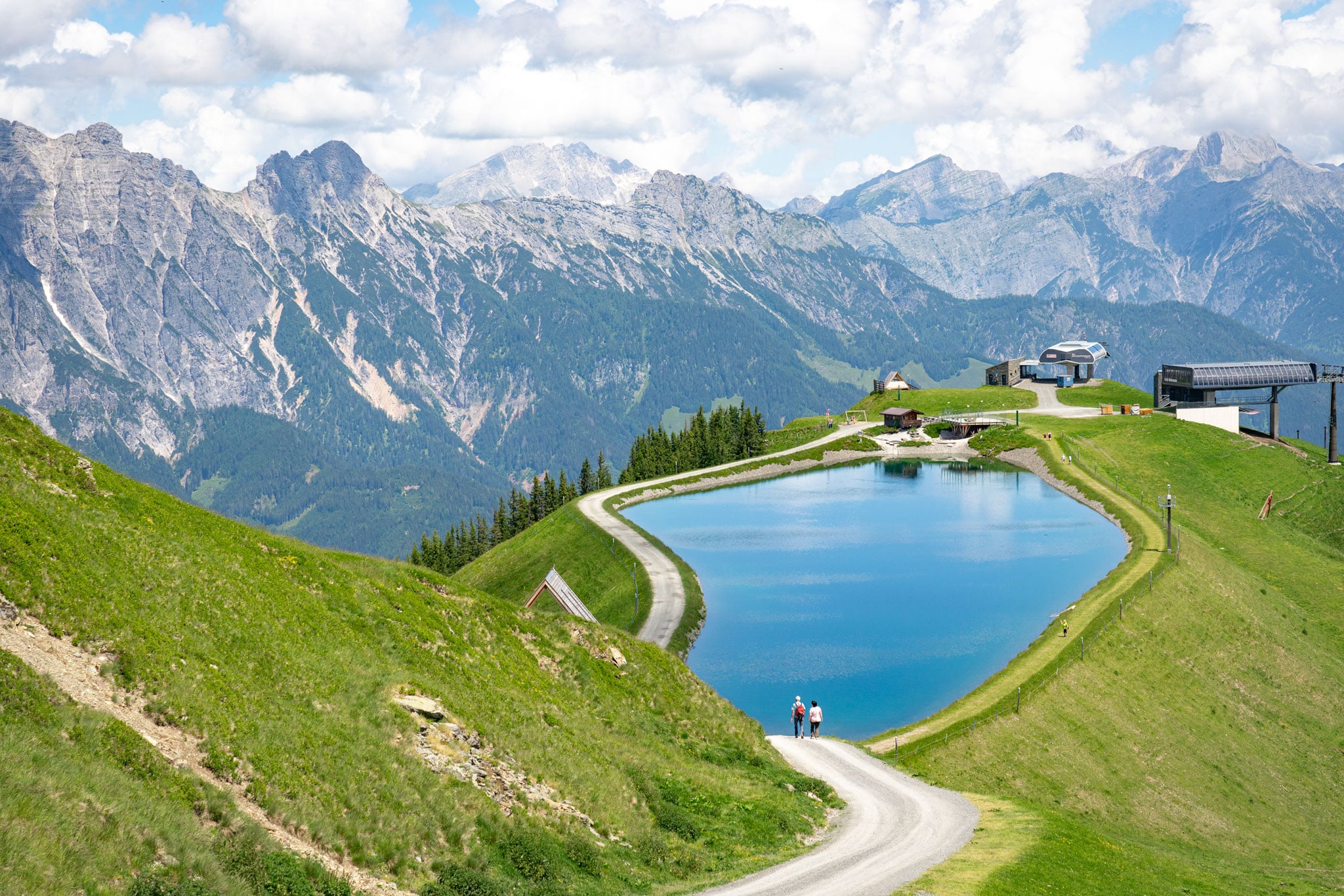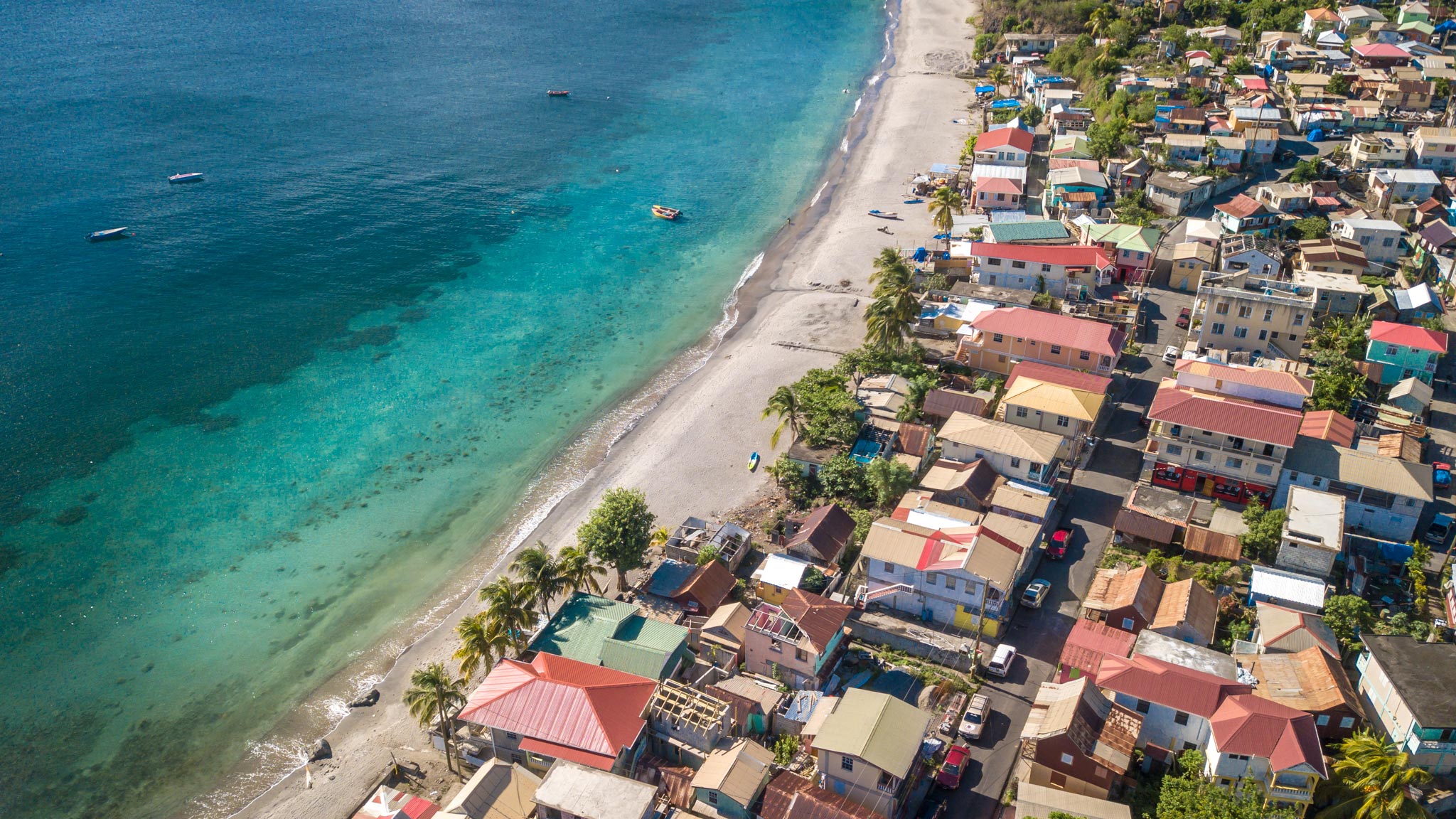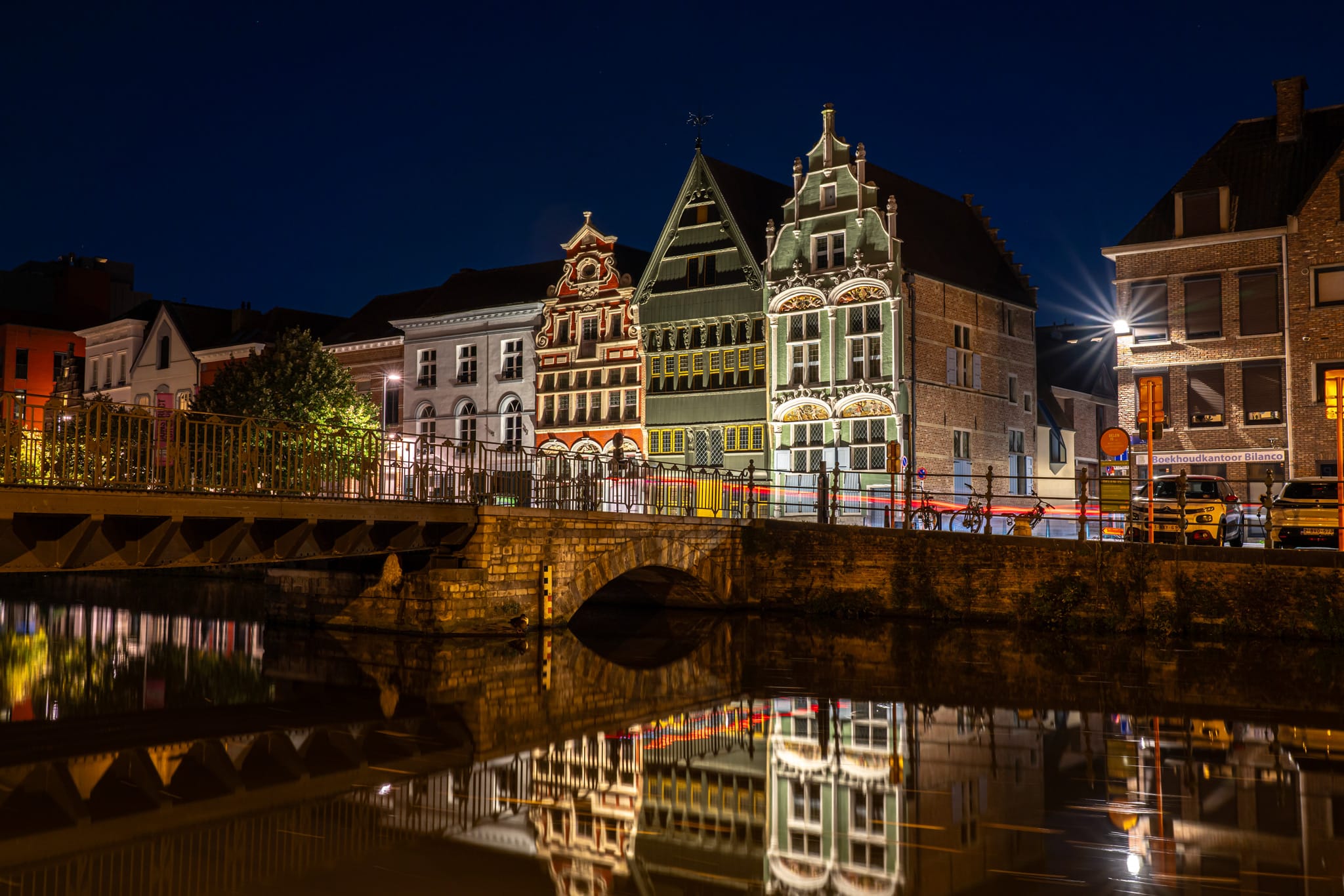A first-time guide to Bilbao
This unique city in northern Spain is hotbed of culture and fabulous food. Here’s our guide for first-time visitors.

Since the Basque Country is one of Spain’s most distinct corners, it’s little surprise that its biggest city is just as unique.
Bilbao is a shining light on a rugged coast backed by dense, mist-shrouded mountains that could – if you squint a little – be Scotland or Austria. When your plane banks toward Bilbao Airport for the final approach, the lush forest passing below looks nothing like the Spain you thought you knew.
Once a factory-strewn industrial powerhouse, Bilbao’s image has completely transformed in recent years and now basks in a reputation for forward-thinking art and magnificent tapas. (Its success has inspired countless other cities to strive for the “Bilbao Effect.”) The iconic Guggenheim Museum takes all the attention, but there’s much, much beyond that building’s shimmering surface.
Here’s what you need to know when visiting Bilbao for the first time.
When should I go to Bilbao?
Because of the Cantabrian Coast’s temperate oceanic climate, Bilbao’s seasons diverge from those in the rest of Spain. In particular, rain can fall at any time; there’s a reason they call this area “España Verde” (“Green Spain”).
Still, summer is generally hot and warm, and probably the best time to visit Bilbao. Even with its culture-vulture reputation, Bilbao still receives a fraction of the visitors of other parts of Spain – meaning the city’s many rooftop bars and alfresco restaurants will be thrilled to welcome you between June to August.
The shoulder seasons aren’t as idyllic as in southern Spain, with cloud cover and rain frequent – though the city’s museums, galleries and tapas bars offer fine shelter from inclement weather. With chilly days, little sun and 12 days of rain per month, winter is best avoided.
How much time should I spend in Bilbao?
Bilbao is a perfect destination for a long weekend: not overwhelming like Madrid or Barcelona – but not too small that you’ll have seen everything in one day.
Three to four days is probably optimal. If you’re planning on spending longer in the Basque Country, then pairing up Bilbao with fellow Basque food nirvana San Sebastián is a tasty idea indeed. The bus between the two cities takes between 75 and 90 minutes, depending on traffic. 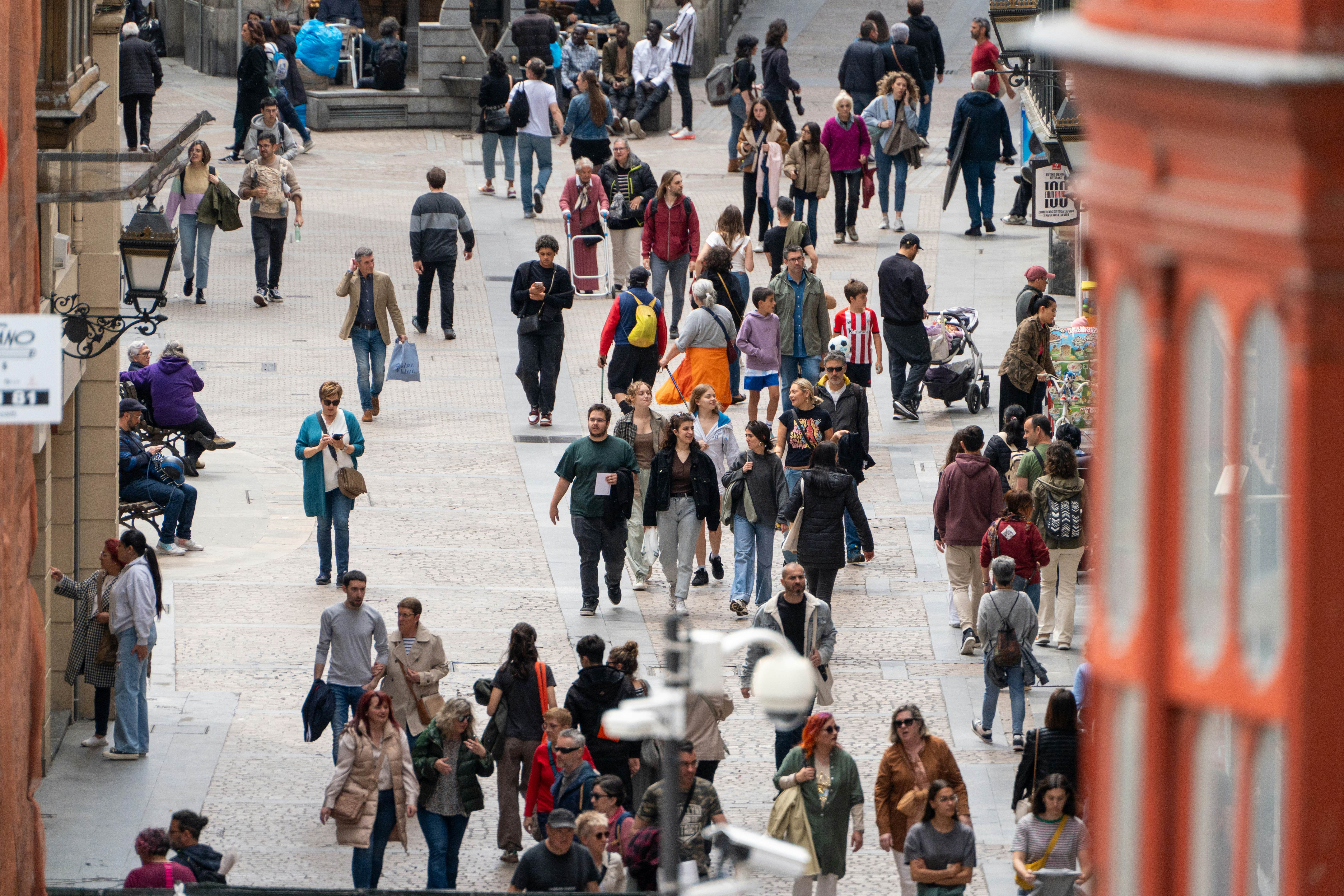
Is it easy to get in and around Bilbao?
Bilbao Airport will likely be your first port of call, and the 25-minute ride on the A3247 bus is the cheapest way into the city at just €3 (US$3.25). Stopping at the central Plaza de Federico Moyúa, near many of Bilbao’s main hotels, the line also crosses the famous La Salve Bridge, giving you a great first view of the Guggenheim.
Taxis aren’t as expensive as in other big European cities, with a fare from the airport of €25–30 (US$27–32.40) – a great deal if you split it among multiple passengers. A journey to the city center will take around 15 minutes.
Bilbao–Abando railway station has long-distance trains running to Madrid and Barcelona, with local trains, trams and metro lines serving the city and wider area.
Bilbao is a very walkable city, with the Nervión River snaking around the city center and the historic old town (casco viejo) just to the east across the river. No two points in central Bilbao are more than 30 minutes apart by foot.
Top things to do in Bilbao

Visit the grandiose Guggenheim Museum
Opened in 1997, the Guggenheim Museum Bilbao truly put the city on Europe’s cultural map. Designed by famed architect Frank Gehry, who took inspiration from Bilbao’s long maritime history, the striking structure features a series of volumetric forms ensheathed by a shimmering titanium exterior that looks as much like a radiant flower as a magnificent ship. Inside, you’ll find mesmerizing and sometimes monumental works by Anish Kapoor, Jeff Koons, Andy Warhol and many others.
Locals weren’t happy when the Guggenheim was first constructed due to its huge costs – but over the decades the large investment has been repaid many times over from both a commercial and cultural point of view. This game-changer demands a long visit. 
Explore the old town
With its web of narrow medieval streets spidering out around the 14th-century Gothic Catedral de Santiago and the 19th-century Plaza Nueva, the old town (casco viejo) is Bilbao’s most enchanting quarter. Within these lively lanes, you can meander past independent shops, raucous bars, flower stalls, tight boutique hotels, busy cafes, street performers and more.
Plaza Nueva is the gregarious epicenter, with a bouncing atmosphere throughout the summer thanks to the tapas bars flanking all four of its handsomely arched sides. Your first evening in Bilbao should be spent here.
Soak up some majestic views (plus a round of drinks)
Surrounded by sublime natural scenery, Bilbao is a treat to see from up on high. Cross over to the north side of La Salve Bridge to find cinematic views of the Guggenheim Museum and the river, with the area’s sylvan hills rising behind the city skyline especially fetching at sunset.
For further summertime pleasure, several hotels with great rooftop bars let you soak up the scene with a cocktail. The Artist Hotel boasts the best top deck for Guggenheim views, but don’t sleep on NYX Hotel Bilbao. On the edge of the casco viejo, this boutique bolthole’s rooftop bar is a buzzy local hotspot in the summer, with pulsating DJ sets as evening falls.
Sample some pintxos
Bar snacks are a big deal in Spain. In Bilbao, they go by the name pintxos – and they’re glorious. They typically take the form of a small slice of bread stabbed by a toothpick, with virtually anything of the bar’s choosing attached. Often, these are hearty cheese-filled croquetas, though you might also find jamón ibérico, tuna paste, stuffed anchovies or chunks of chorizo.
Convivial pintxos bars are found across the city, and are highly concentrated in Plaza Nueva – so head there for the most visitor-friendly experience. Pull up a chair, order a beer and order round after round of these wonderful bites. 
Cross a hair-raising bridge
Near the Getxo port, the Vizcaya Bridge is a massive transporter bridge that spans the Nervión River just before it empties into the Bay of Biscay. Completed in 1893, its soaring pillars reach a height of 148ft (45m) and are still used today as a hanging gondola that whisks cars across the river. If you’re brave enough, you can take a wind-blasted walk across the pasarela (catwalk) via the elevators on either side. Expect some unsteadiness – and epic ocean views, too.
Feel the passion of an Athletic Bilbao game
If you see a bright red-and-white flag flying around the city, it’s almost certainly that of Athletic Bilbao. The city’s soccer team is one of the most distinct in Spain (and the world) in that it only fields players born in the Basque Country. This has fostered an intensely local quality to the team – and makes for one of the most passionate match-day atmospheres you’ll find anywhere in Europe. Experience it for yourself at the San Mamés Stadium, situated on the west side of the city center. Tickets can be bought on the club’s website.
Meander through Europe’s largest covered food market
Sitting on the banks of the Nervión River next to the casco viejo, the Mercado de la Ribera was built in 1929 and is Europe’s largest covered food market. The elegant art deco building has a surface area of 108,000 sq ft (10,000 sq m) and is stuffed with stalls selling local produce, from fresh fish to Basque cheeses and cured meats. You’ll also find small bars and restaurants tucked inside – so if the aromas are overly inviting, sit down at one of these spots to sample the region’s freshest cuisine for yourself. 
My favorite thing to do in Bilbao
Bilbao’s compact character and winding river make it a wonderful place to walk, and a stroll from the Guggenheim to the casco viejo as the Nervión bends toward the Arenal Bridge is one of my most cherished memories.
Slightly raised above the river, Plaza de las Mujeres is a lovely spot to watch the world go by as evening falls. I idled there a little in the heat of the summer, before heading into the casco viejo’s warren of streets for some pintxos. But I couldn’t help returning later on, when the sun had gone down and the silhouetted mountains looked ever more dramatic against the city’s twinkling evening lights, as riverside trams rumbled by.
How much money do I need for Bilbao?
- Hostel room: €25 (US$27)
- Basic room for two: €120 (US$130)
- Single-journey transport ticket in the center city: €1.90 (US$2.10)
- Coffee: €2 (US$2.20)
- Sandwich: €4 (US$4.35)
- Dinner for two: €70 (US$76)
- Beer/pint at the bar: €5 (US$5.50)
- Serving of six pintxos : €12 (US$13)
Where should I stay in Bilbao?
If you want to splurge, The Artist can’t be beaten. Directly facing the Guggenheim Museum’s swirls, this 145-room design-led hotel has artworks in every room and a slick rooftop bar that’s ideal during a summer visit.
More-budget-conscious travelers should look toward Caravan Cinema. This eccentric boutique hotel takes inspiration from cinematic lore, with colorful movie references across its three apartments and five rooms. It’s also located just a stone’s throw from Plaza Nueva in the old town, putting Bilbao’s pintxo delights within easy reach. 
What language do they speak in Bilbao?
The Basque language is Europe’s oldest, and some 30% of Bilbao residents still speak it today. With no known linguistic relatives, it’s a unique tongue and one worth listening out for. Though Basque is used in official settings and schools, on media outlets, and for road signs, Spanish remains the dominant language and is the one visitors will need on the ground.
English is not widely spoken outside of tourist-friendly settings like hotels and popular restaurants.




































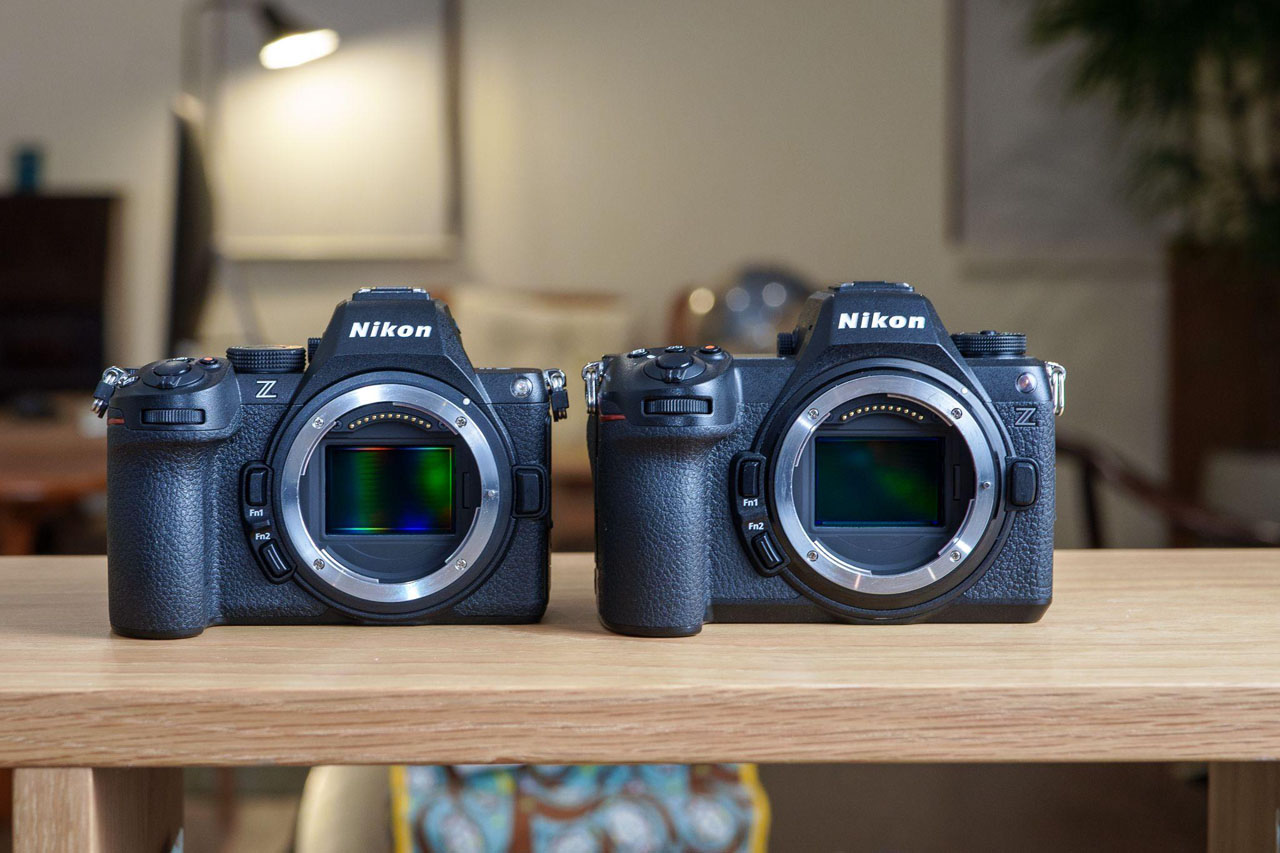
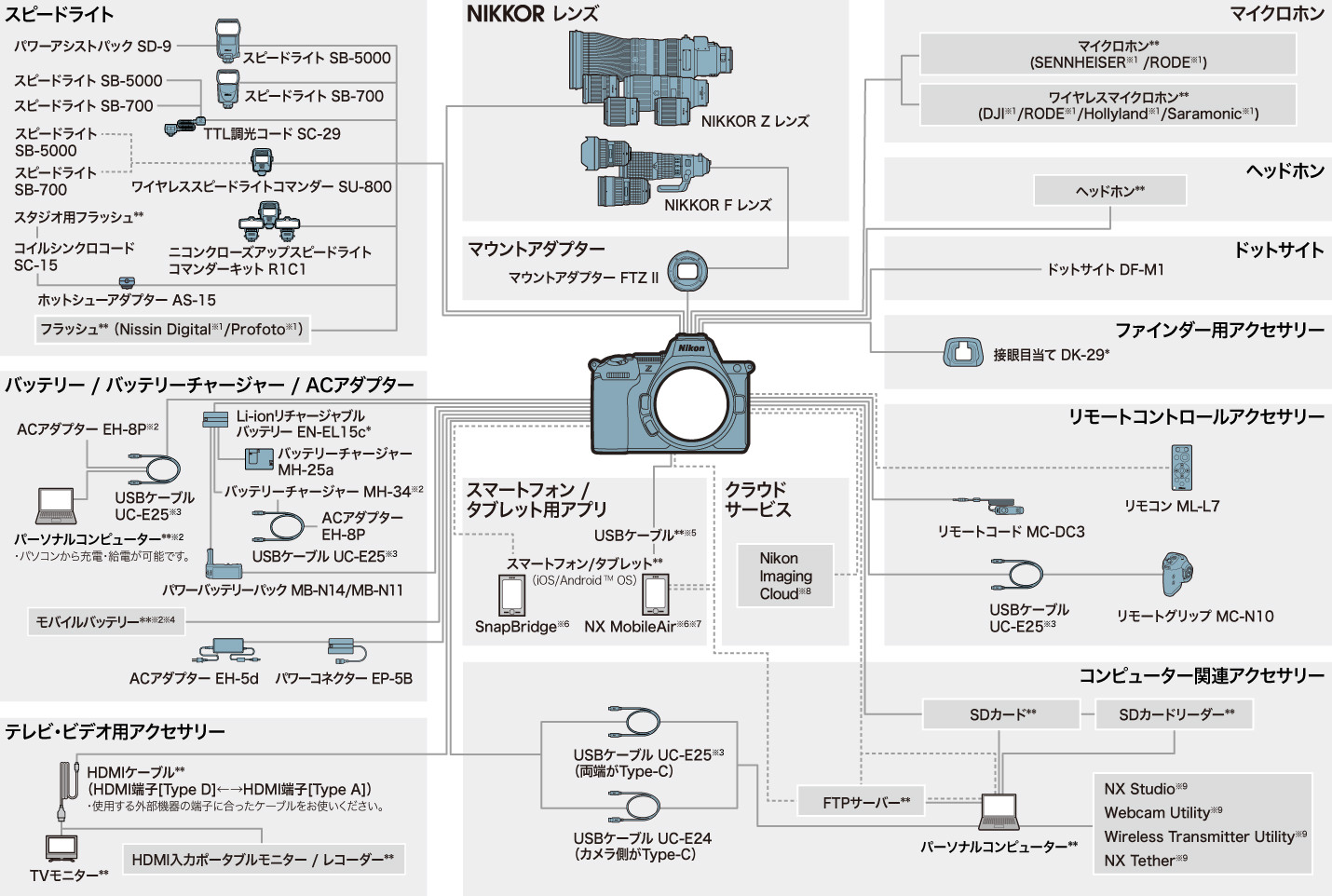

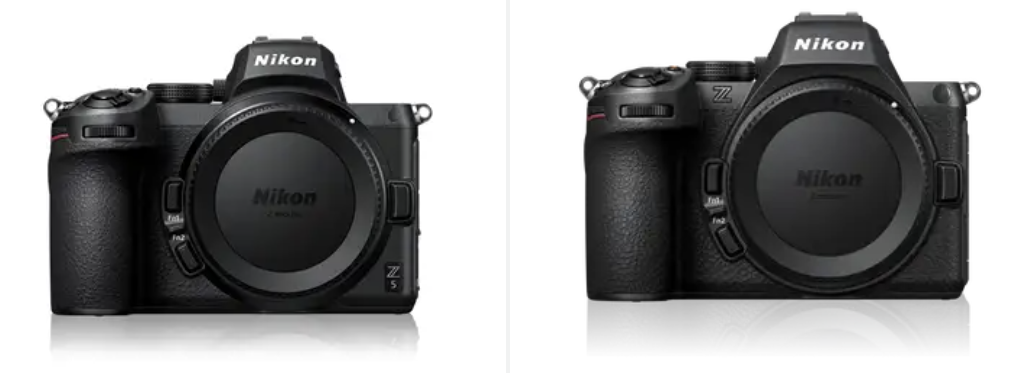




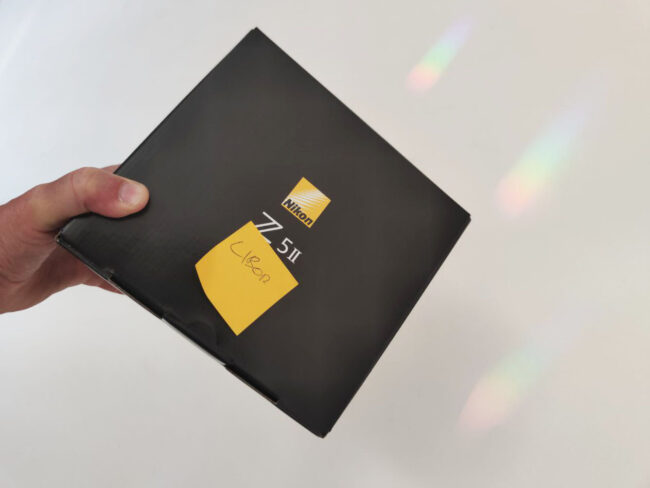
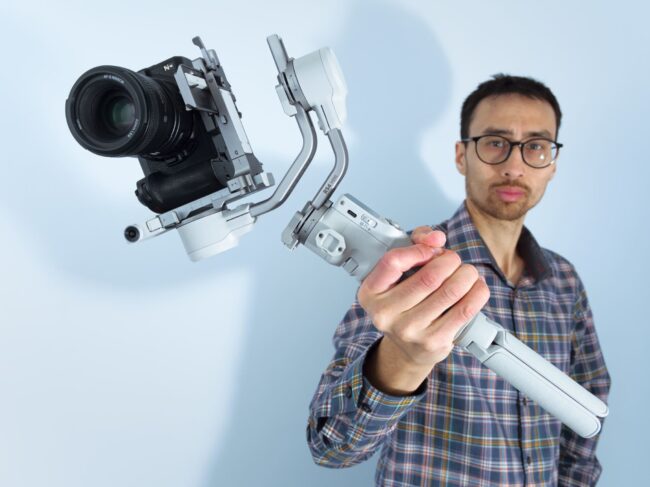
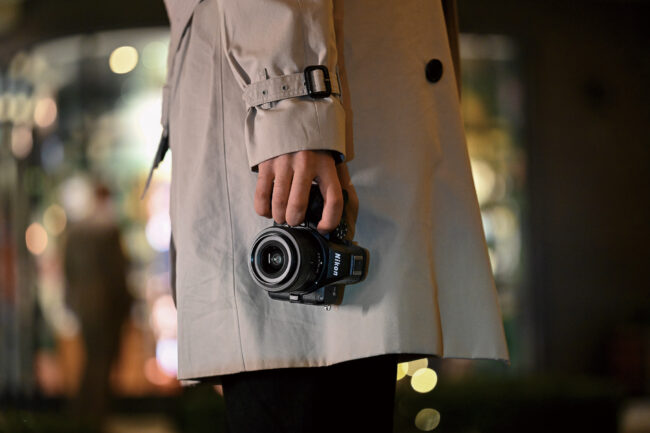




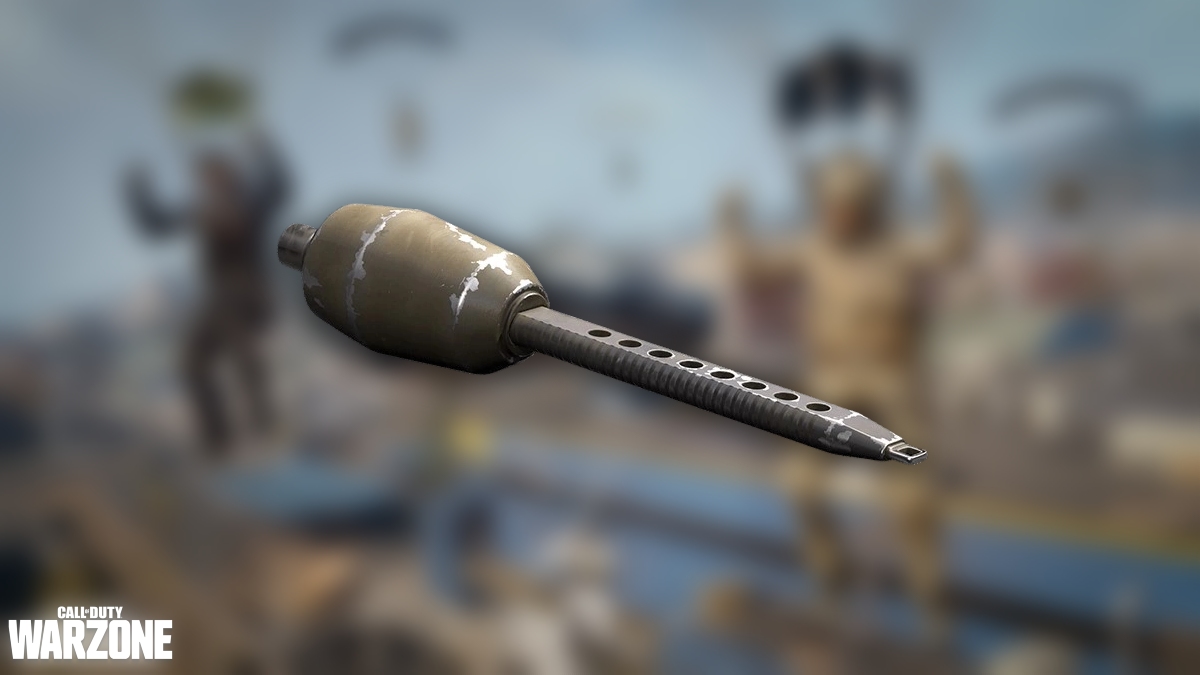
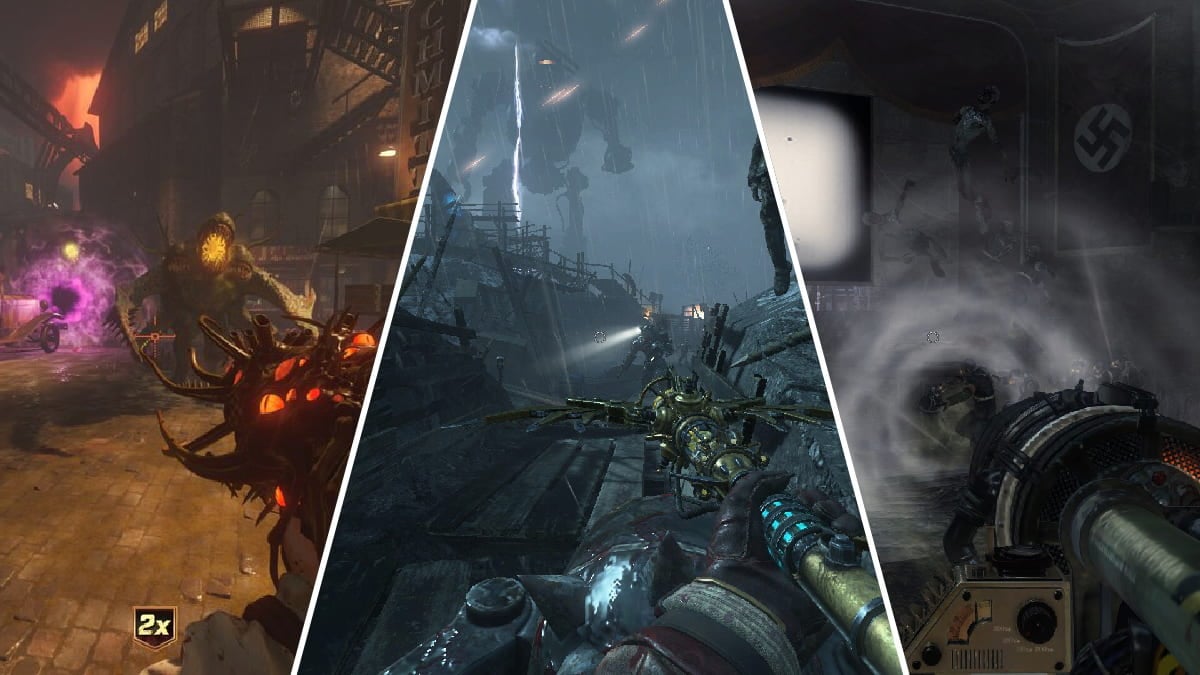
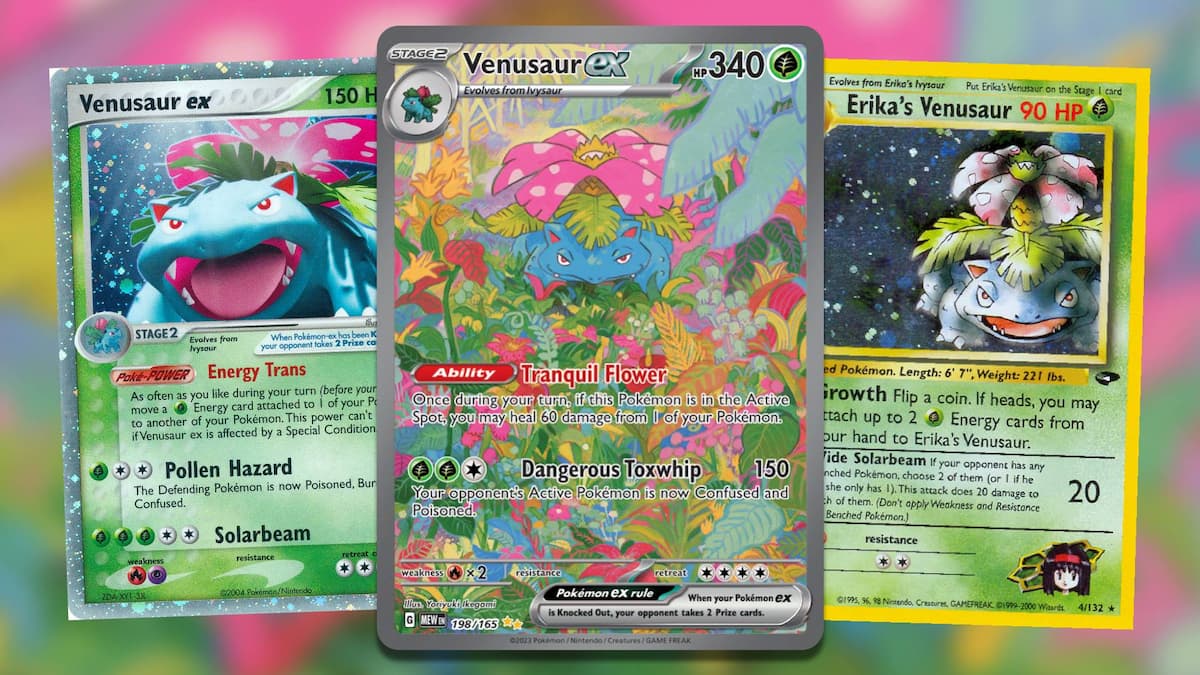
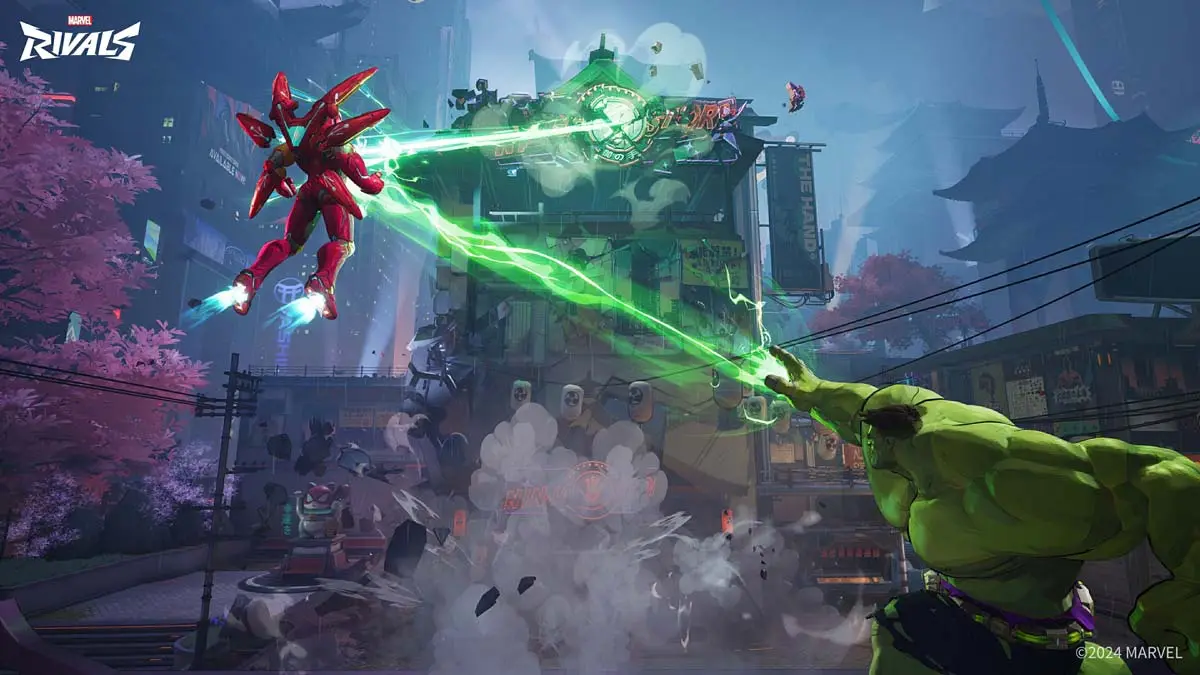

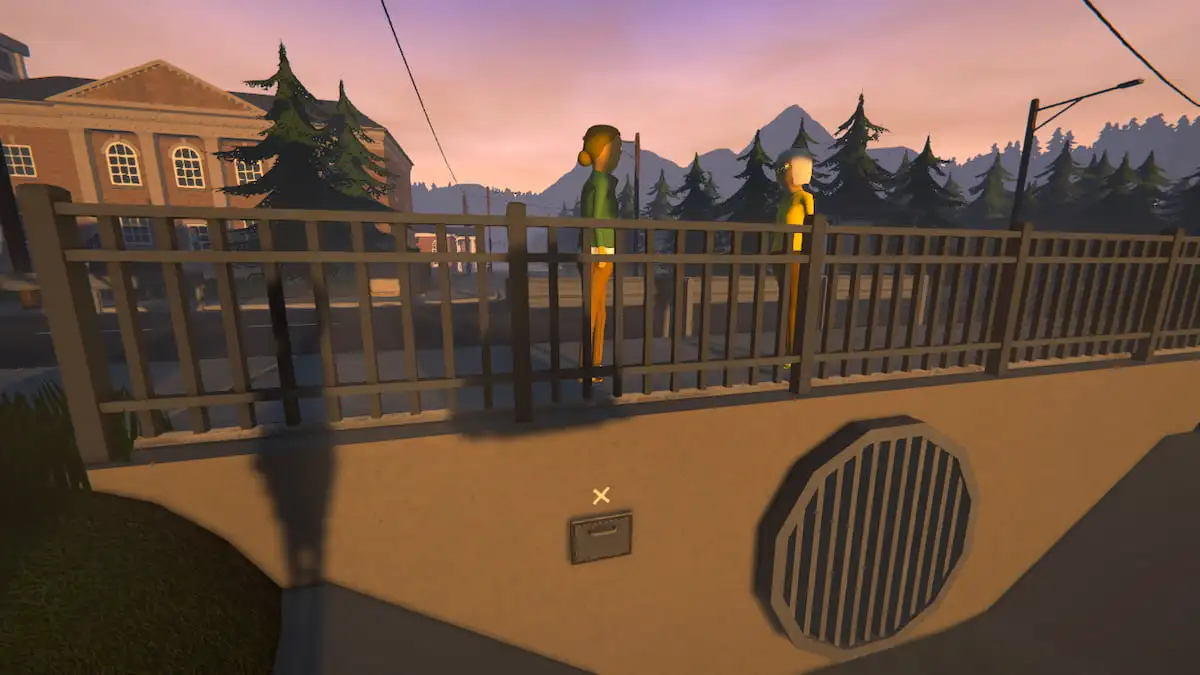

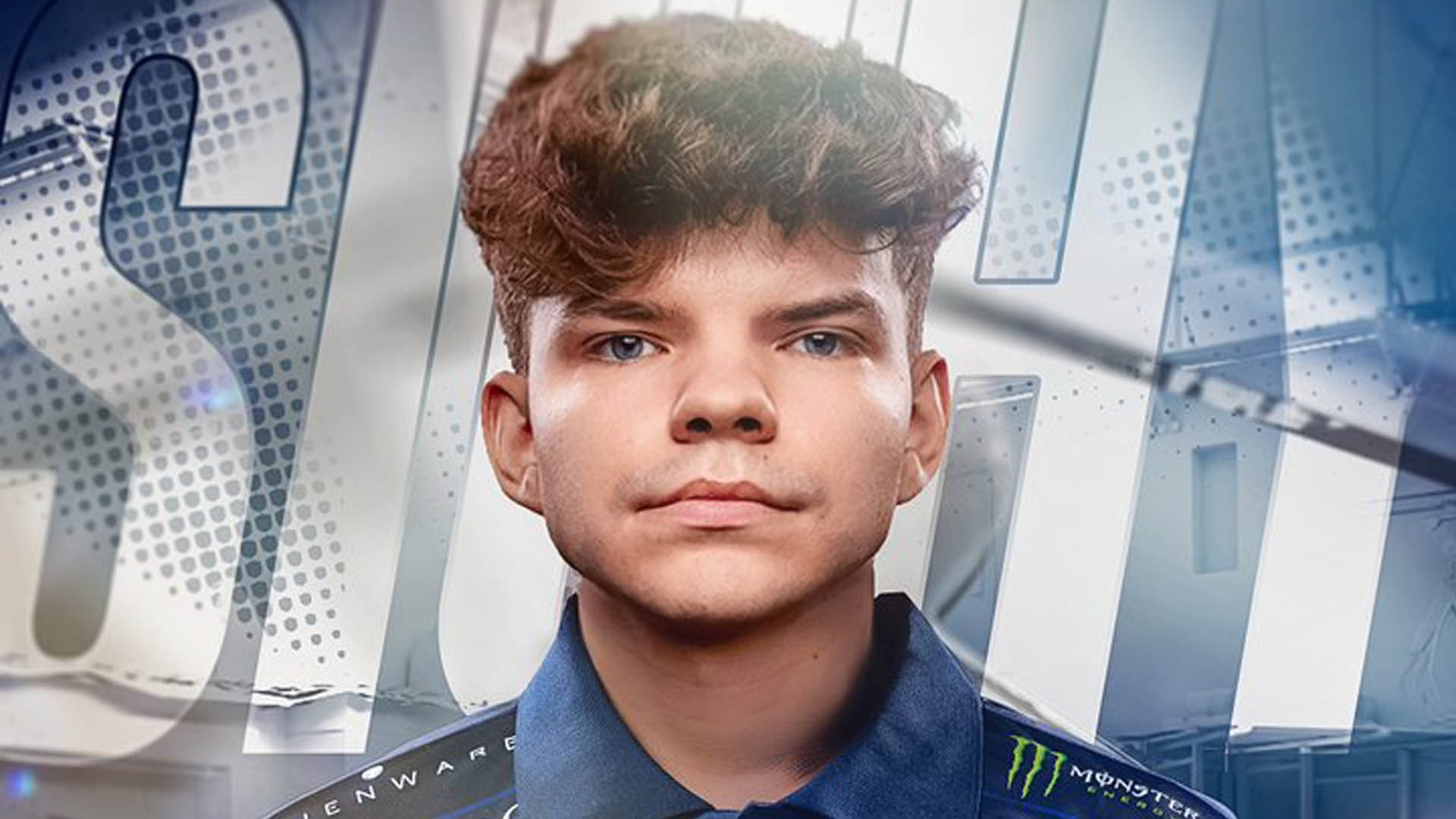
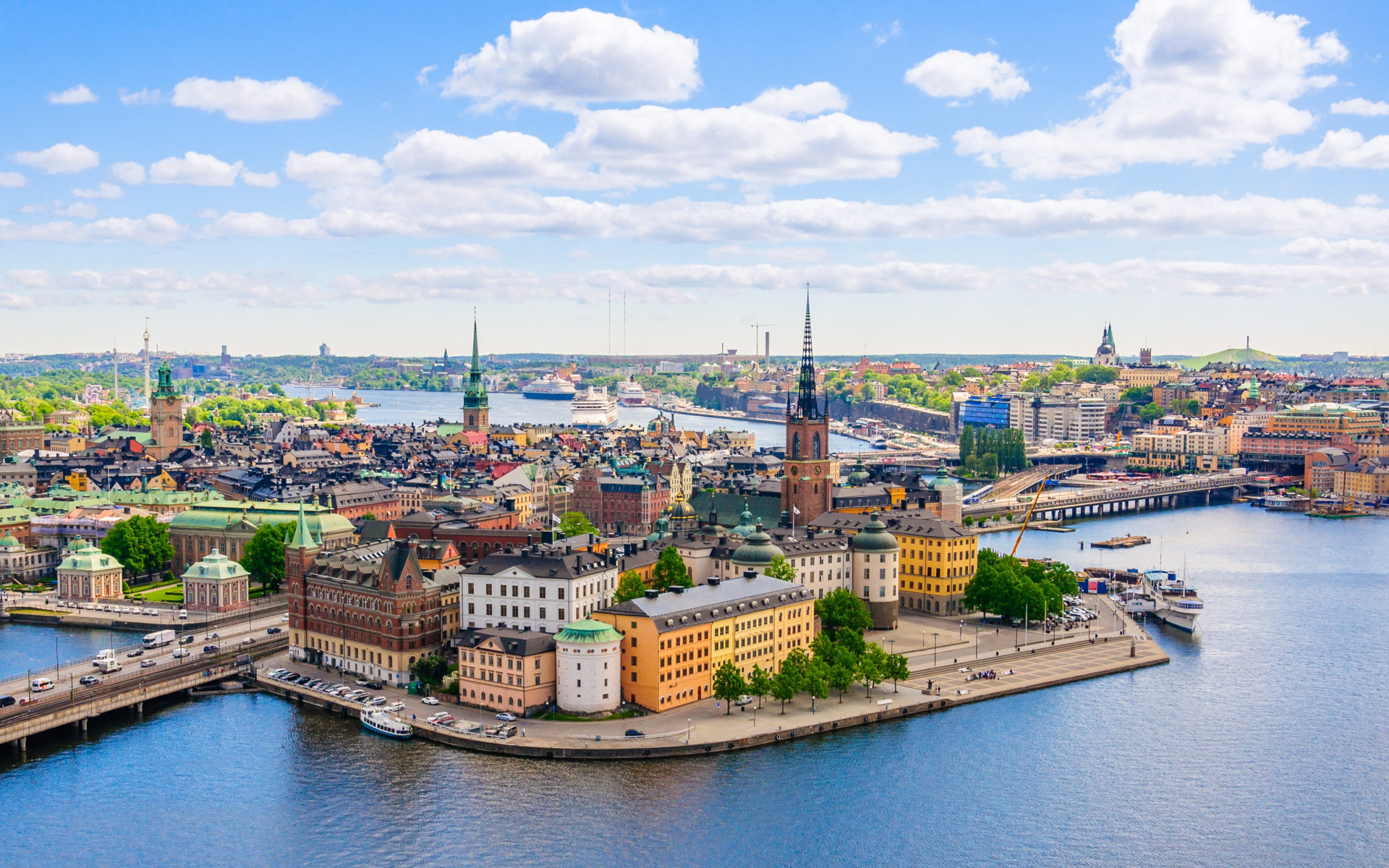
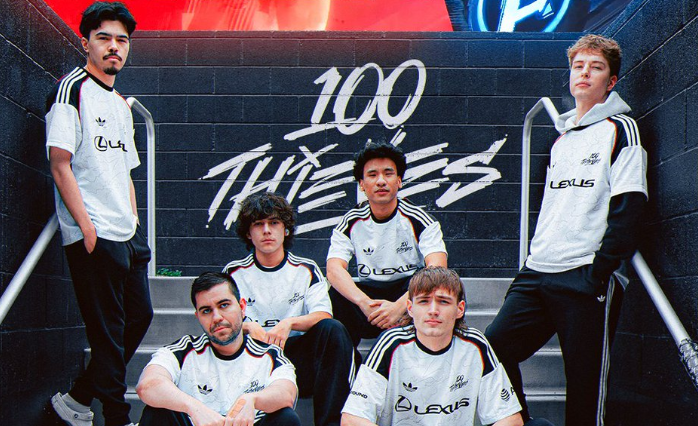




































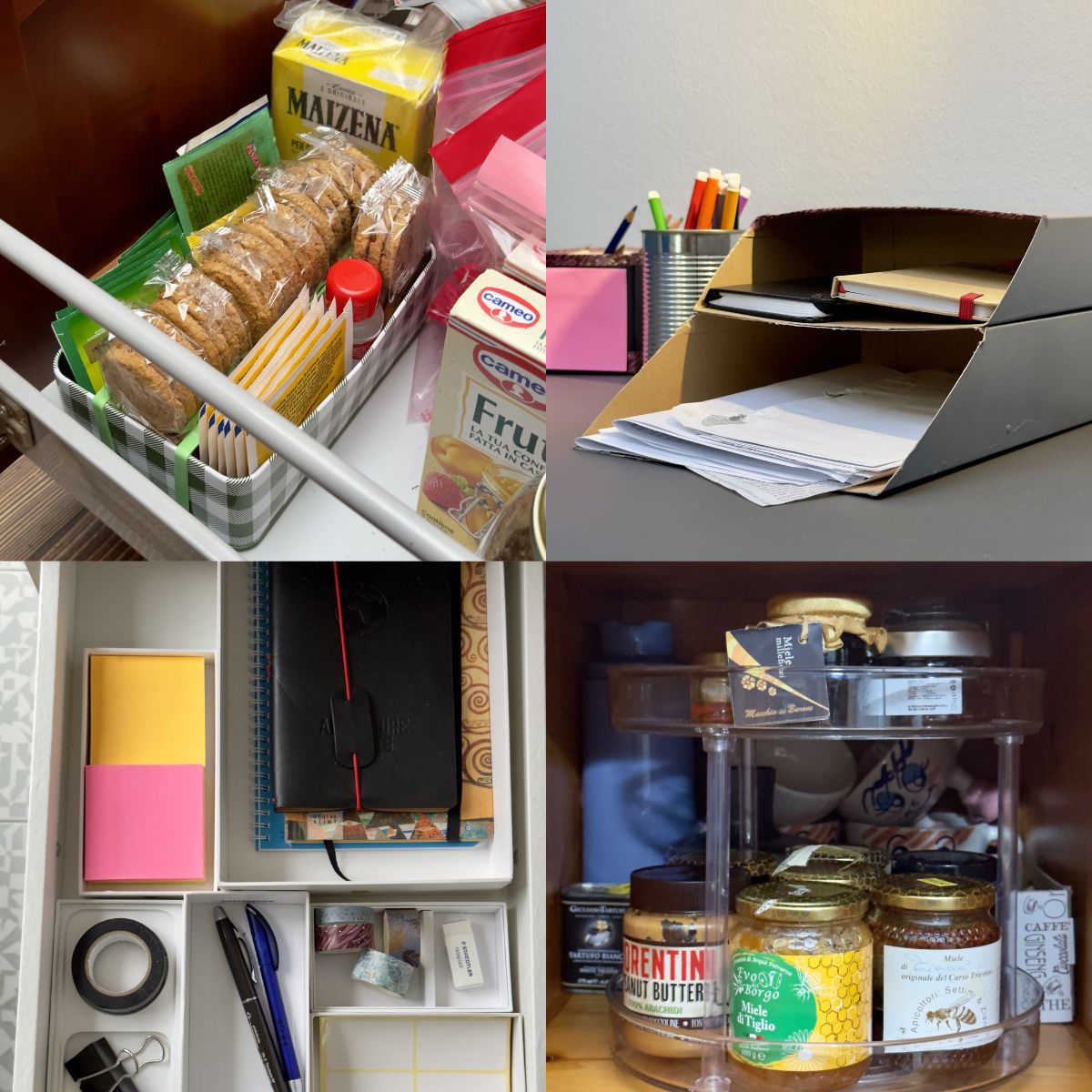











































































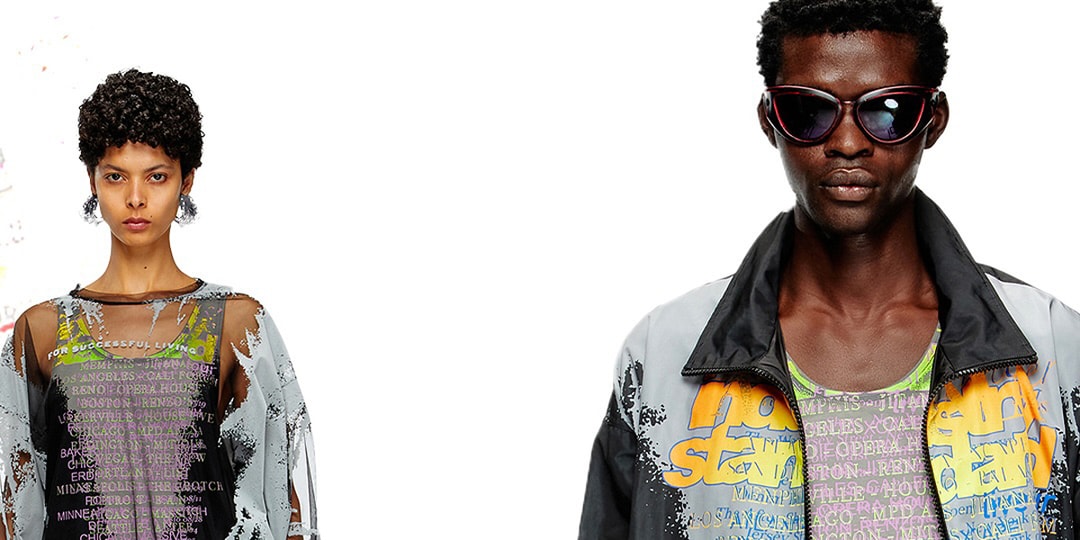



.jpg)









